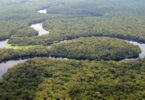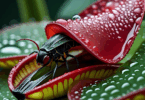Nature’s Predators: The Enigmatic World of Carnivorous Plants Unveiled
When you think of predators, you might picture lions or eagles, but did you know that some of the most effective hunters in nature are plants? Yes, carnivorous plants have evolved a fascinating ability to trap, digest, and thrive on their prey—usually insects, but sometimes even small animals. These plants thrive in nutrient-poor environments, where other plants struggle to survive, and their unique way of life is nothing short of spectacular.
A Glimpse into the World of Carnivorous Plants
Carnivorous plants are found all over the world, from the tropical rainforests to boggy marshlands. These plants have developed extraordinary adaptations to lure, capture, and digest their prey to compensate for poor soil nutrients.
Here are some of the most fascinating carnivorous plants:
1. Venus Flytrap (Dionaea muscipula)
One of the most iconic carnivorous plants, the Venus Flytrap, has leaves that snap shut when triggered by unsuspecting insects. Native to the wetlands of North and South Carolina, USA, the Venus Flytrap is a masterpiece of nature’s ingenuity. The plant digests its prey using enzymes, absorbing the nutrients and leaving behind the empty exoskeleton of its victim.
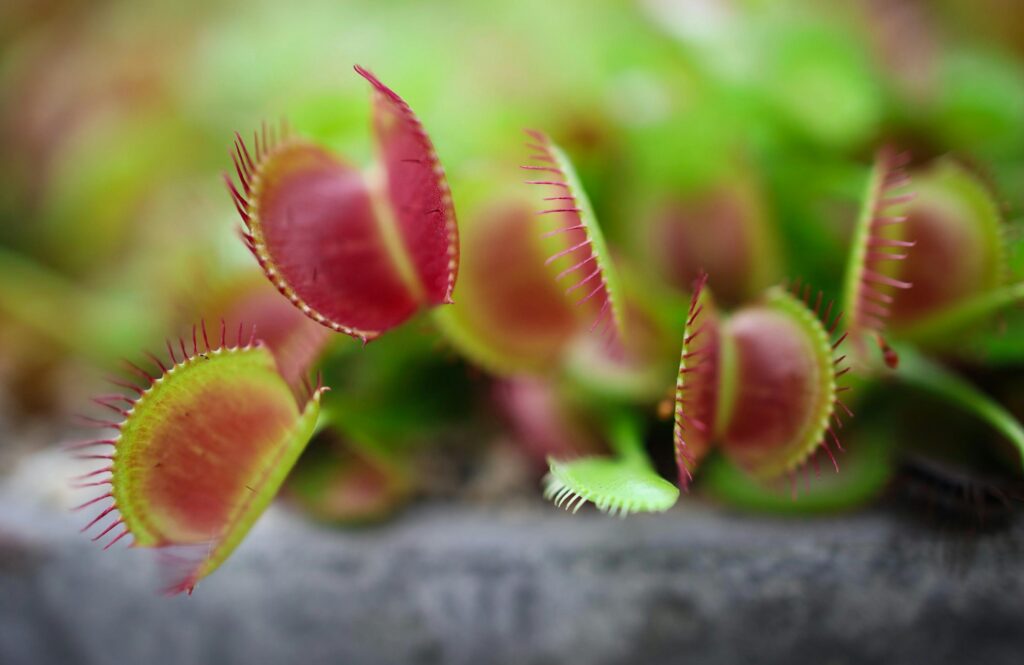
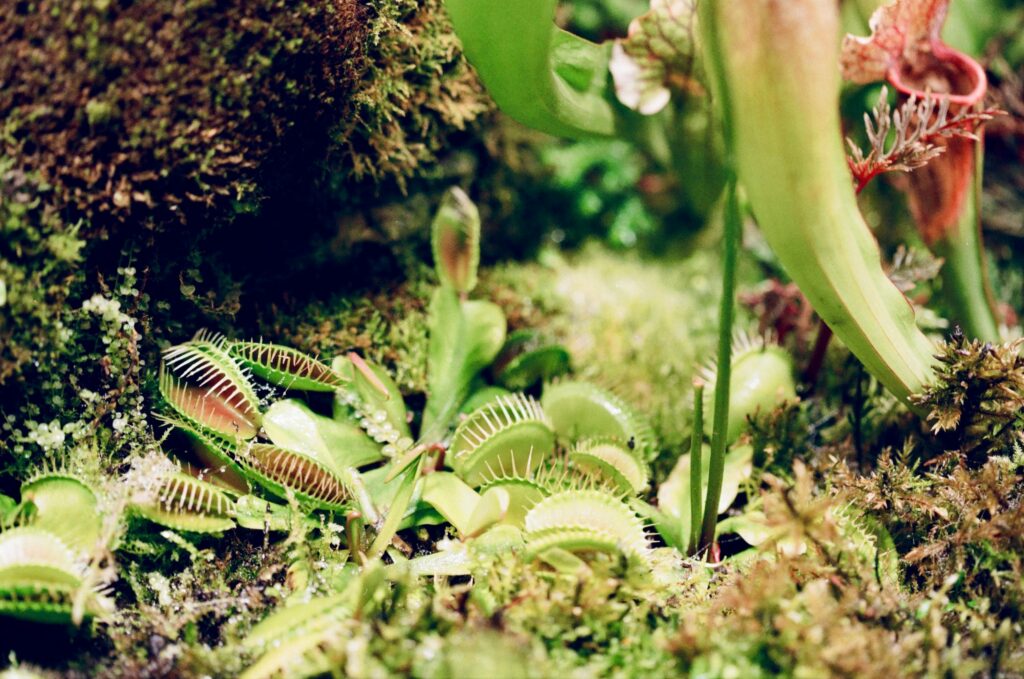
2. Pitcher Plant (Nepenthes)
Known for their deep, pitcher-shaped traps, these plants capture insects and small animals by luring them with sweet nectar. Once inside, the prey slips on the smooth inner walls and falls into a pool of digestive fluids at the bottom. Pitcher plants can be found in various locations, including Southeast Asia, Madagascar, and even parts of the United States. Some of the largest species of Nepenthes can trap small rodents and amphibians.
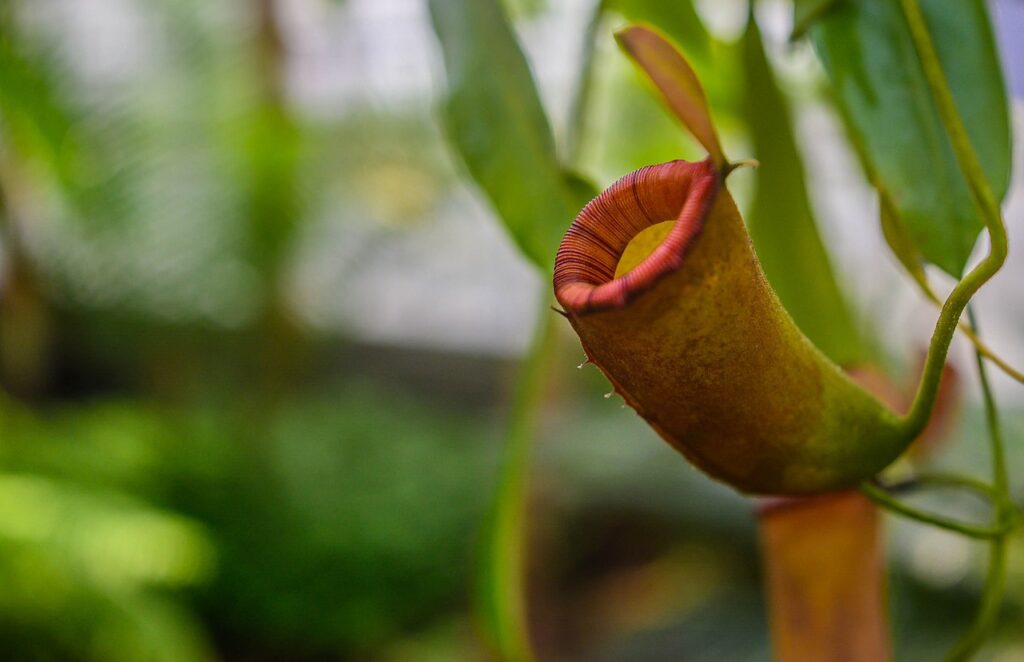
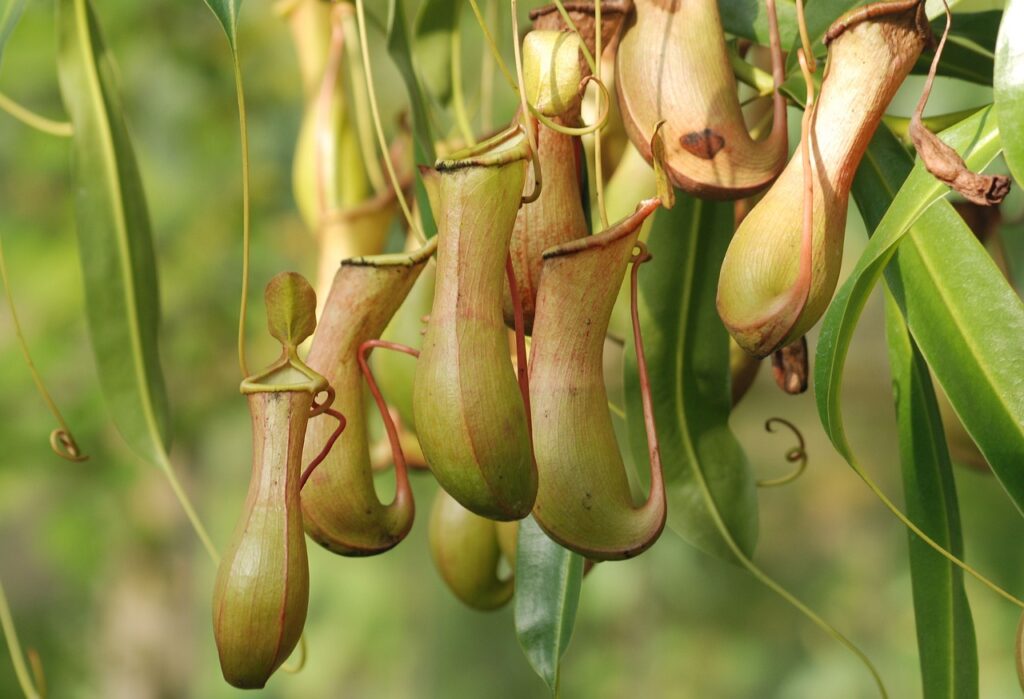
3. Sundew (Drosera)
The Sundew is one of the most widespread carnivorous plants, with over 90 species across every continent except Antarctica. Its leaves are covered in sticky, glistening drops of mucilage that attract insects. Once an insect becomes stuck, the plant wraps its tentacles around it, slowly digesting it over time. You can find sundews in bogs and swamps around the world, from Australia to the British Isles.
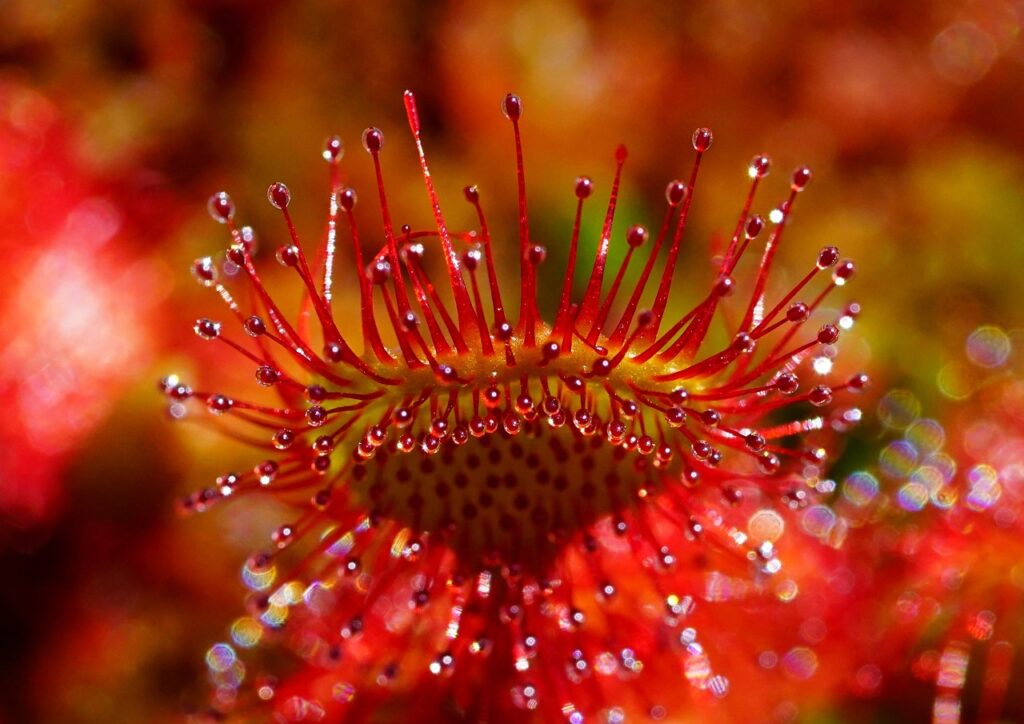
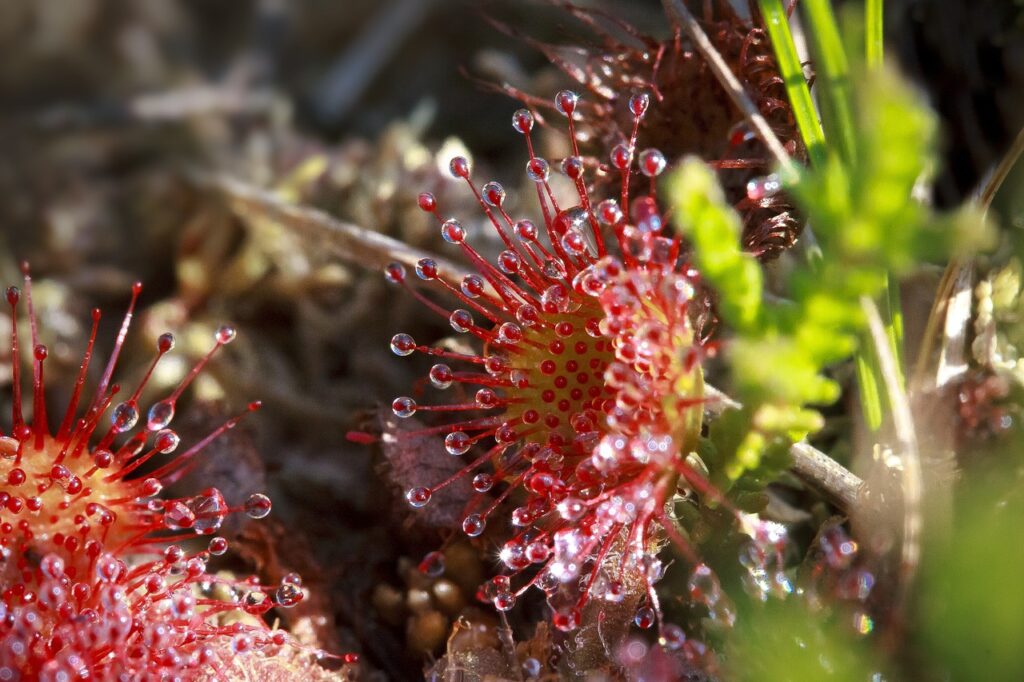
Where Can You Find Carnivorous Plants?
Carnivorous plants usually thrive in nutrient-poor soils, such as those found in wetlands, bogs, and swamps. Because they rely on animals for nutrients, they don’t need the rich soil that other plants do. Below are some of the best places to find them:
- USA: The Venus Flytrap can be found in the Carolinas, particularly in wetlands and boggy areas.
- Southeast Asia: Pitcher plants are commonly found in rainforests in countries like Malaysia, Indonesia, and the Philippines.
- Europe: Sundews are prevalent in northern European bogs, with some species found in Scotland, Ireland, and Sweden.
- Australia: Many species of sundews thrive in the swamps and marshes of Australia, particularly in the southwestern regions.
Why Carnivorous Plants Matter
Carnivorous plants are more than just biological curiosities; they play an important role in their ecosystems. By controlling insect populations, they help maintain balance in their environments. Additionally, they offer a glimpse into how life adapts to extreme conditions. Their unique methods of survival make them valuable subjects for scientific research, especially in studying evolutionary adaptations.
Conclusion
Carnivorous plants are a reminder of nature’s incredible diversity and adaptability. They turn the tables on the natural order by becoming hunters in a world where most plants are preyed upon. Whether you’re intrigued by their alien-like appearances or their cunning survival strategies, these plants captivate the imagination. The next time you find yourself in a bog or swamp, take a moment to look down—you might just be standing near one of nature’s most astonishing predators.
These mysterious plants deserve more recognition for their pivotal role in the environment and their exceptional ability to thrive where others cannot. Curious minds who dive into the world of carnivorous plants will find themselves in awe of the natural world’s most unusual hunters.






